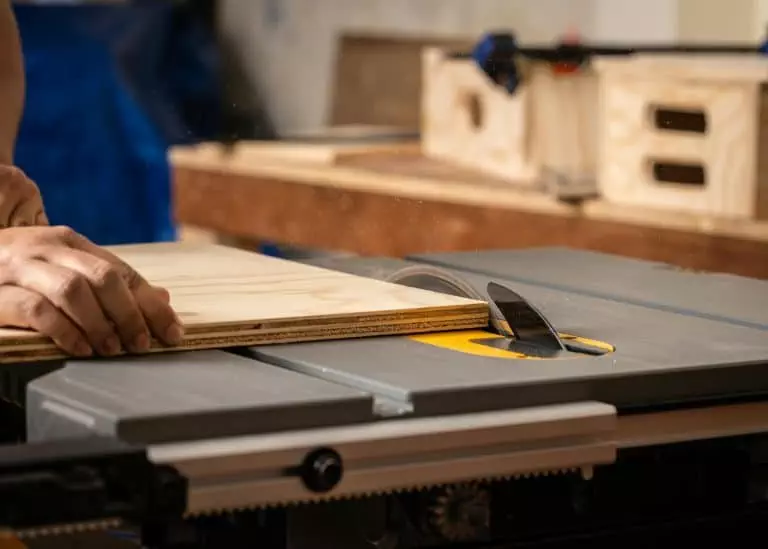30

Hardieflex vs Plywood Price 2024 Guide
Understanding the Materials
- Hardieflex: A fiber cement board known for its exceptional durability, and resistance to moisture, fire, and termites. Its weatherproof properties are ideal for walls, ceilings, partitions, siding, and roofing.
- Plywood: A versatile wood product made by gluing thin layers of wood veneer together. It offers good strength and is suitable for furniture, cabinetry, flooring, and various construction projects, often used for subfloors, walls, and roof sheathing.
| Feature | Hardieflex | Plywood |
|---|---|---|
| Composition | Fiber Cement | Wood Veneer |
| Strength | High | High |
| Durability | High | High |
| Moisture Resistance | Excellent | Good |
| Fire Resistance | Excellent | Poor |
| Termite Resistance | Excellent | Good |
| Weight | Lightweight | Heavier |
| Cost | Generally more expensive | Generally less expensive |
| Applications | Walls, ceilings, partitions, siding, roofing | Furniture, cabinetry, flooring, construction |
2024 Pricing Trends in the Philippines
Note: Prices are subject to change and may vary depending on specific brand, thickness, size, and location within the Philippines. It’s always recommended to get quotes from multiple suppliers for the most accurate pricing.
Here’s an estimated pricing range based on market trends:
- Hardieflex:
- 6mm thickness: ₱937.75 per sheet
- 9mm thickness: ₱1,488.25 per sheet
- 12mm thickness: ₱1,980 per sheet
- Plywood:
- Commercial unsanded plywood (suitable for subfloors):
- 10mm thickness: ₱900 – ₱1,200 per sheet
- 12mm thickness: ₱1,600 – ₱2,500 per sheet
- 18mm thickness: ₱2,800 – ₱3,500 per sheet
- Premium sanded plywood (suitable for furniture): Prices may vary depending on wood type used in the veneer. Expect a starting price of around ₱1,500 per sheet and can go up significantly for high-quality wood veneers.
Factors Affecting Price in the Philippines
- Brand: Reputable brands with proven track records might command a premium price.
- Thickness: As expected, thicker sheets cost more per sheet.
- Size: Larger sheets might have a slightly higher price per square meter.
- Location: Prices can vary between different regions of the Philippines.
- Supplier: Different suppliers may offer varying prices and discounts.
Tips for Buying in the Philippines
- Research Suppliers: Look for reputable suppliers in your area with a history of quality products and excellent customer service.
- Compare Prices: Don’t hesitate to get quotes from multiple suppliers to find the best deal.
- Check Certifications: Ensure the materials comply with Philippine Standard (PS) marks or other relevant certifications. This guarantees quality and safety.
- Consider Delivery and Installation: Factor in these costs when making your final decision. Some suppliers might offer bundled pricing that includes delivery and installation.
- Negotiate: Especially when buying in bulk, don’t be afraid to negotiate for a better price.
- Consider Alternatives: If budget is a major concern, explore other materials like oriented strand board (OSB) or concrete hollow blocks.
Choosing the Right Material for Your Project
The best material selection depends on your project’s specific needs and preferences. Here’s a breakdown to help you decide:
- Durability: If long-lasting performance and resistance to harsh weather elements and pests are paramount, Hardieflex is the clear winner.
- Versatility: Plywood offers more versatility and can be used for a wider range of applications, especially for furniture and cabinetry projects.
- Cost: Plywood is generally a more affordable option, especially for construction projects that don’t require exceptional weather resistance.
- Aesthetics: Consider the desired look. Plywood offers a more natural wood appearance, while Hardieflex has a more modern finish.
- Local Building Codes: Ensure the material you choose complies with local building codes and regulations in the Philippines.
By carefully considering these factors and following the tips provided, you can make an informed decision and find the best Hardieflex or plywood option for your needs in the Philippines.
Both Hardiflex and plywood are durable, but Hardiflex is generally considered more durable due to its fiber cement composition, which makes it resistant to moisture, fire, and termites.
- Hardiflex: Walls, ceilings, partitions, siding, roofing
- Plywood: Furniture, cabinetry, flooring, construction (subfloors, walls, roof sheathing)
Hardiflex is typically more expensive than plywood due to its superior durability and performance characteristics.
Yes, both Hardiflex and plywood can be used for exterior applications. However, Hardiflex is better suited for exterior use due to its superior weather resistance.
Both Hardiflex and plywood can be installed using similar tools and techniques. However, some people find Hardiflex easier to work with due to its lightweight nature.
Yes, Hardiflex is generally lighter than plywood, making it easier to handle and transport.
Both Hardiflex and plywood can be sourced from sustainable sources. However, Hardiflex is often considered more environmentally friendly due to its use of recycled materials.
Consider the following factors:
- Durability: Hardiflex is more durable.
- Versatility: Plywood is more versatile.
- Cost: Plywood is generally less expensive.
- Aesthetics: Plywood offers a more natural wood appearance, while Hardiflex has a more modern finish.
- Local building codes: Ensure the material complies with local regulations.
Yes, plywood is commonly used for flooring. Hardiflex can also be used for flooring, but it is less common and may require additional preparation.
You can purchase Hardiflex and plywood from various building supply stores and hardware stores throughout the Philippines.
